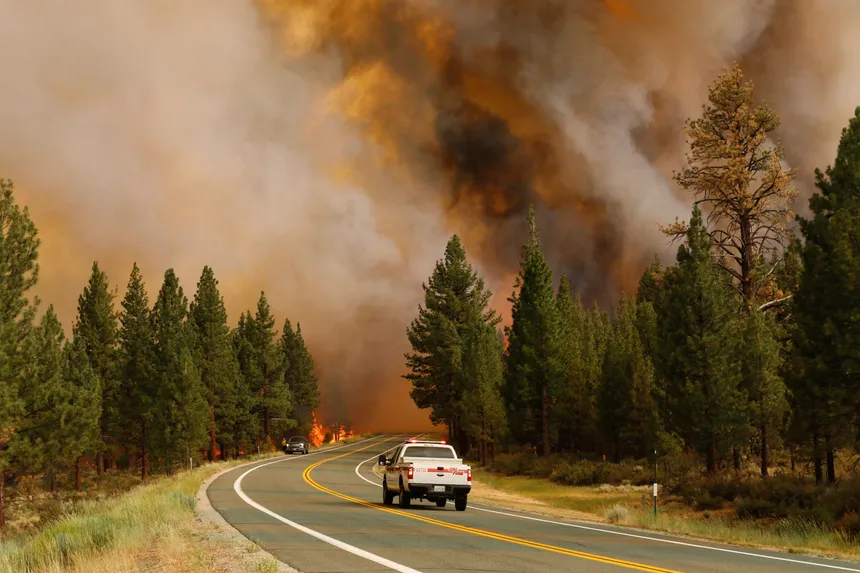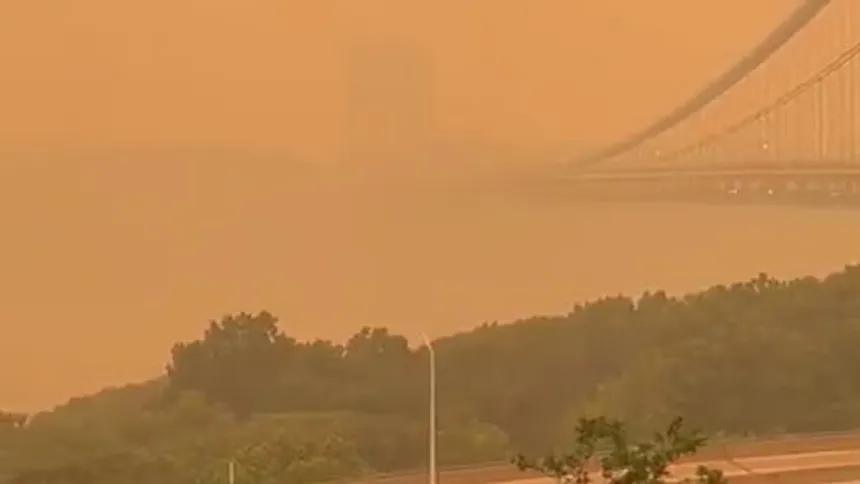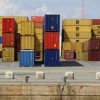As the Camp fire raged through northern California in 2018, schools closed to protect children from breathing in dangerous air. When wildfires blanketed the Willamette valley in 2020, hundreds of Oregonians sought urgent care for respiratory issues. When Canadian wildfire smoke spread to Michigan, ozone levels spiked to heights that concerned authorities.
In each of these instances, the US Environmental Protection Agency allowed local air regulators to erase the pollution caused by these events from air-quality records, utilizing a rarely noticed legal tool called the exceptional events rule. This rule permits the removal of pollution caused by uncontrollable events, allowing local regulators to reach air-quality goals – which have grown increasingly difficult to attain as the climate crisis worsens.
A new investigation by the California Newsroom, MuckRock, and we found that local regulators have increasingly relied on the exceptional events rule for wildfires, despite the fact that climate change has exacerbated the threat of wildfire smoke. Climate change, fueled by the oil and gas industry, has been linked to an uptick in extreme weather events, including wildfires.
The investigation, based on thousands of documents, including regulatory filings, emails, and scientific analyses, found that industry groups have collaborated with local regulators to secure these exemptions. Nick Leonard, director of the Great Lakes Environmental Law Center, sees the problem simply: “The growing threat of wildfire smoke is exacerbated by climate change. Climate change has been fueled by the oil and gas industry. Their lobbyists, in turn, have pushed states to use the exceptional events rule as much as possible, slowing progress to address air pollution at the local level.”

The driving force behind the exceptional events rule was former Oklahoma Republican Senator Jim Inhofe, who for decades denied the existence of climate change. In 1998, air-quality managers in Oklahoma faced the dilemma of dealing with wildfire smoke from Mexico’s drought-stricken Yucatán peninsula. Instead of tightening controls on local polluters, they argued that the pollution shouldn’t count because it came from a wildfire and was therefore “natural” and “uncontrollable.”
The EPA turned air-quality managers down, and Inhofe held hearings and meetings to challenge the agency. He believed that local regulators should have more discretion to ignore pollution – including that which is difficult to control. Inhofe’s years-long crusade succeeded, and the exceptional events rule was added to the Clean Air Act. Since 2007, local officials have been able to request that pollution data be excluded from clean air determinations when it comes from an array of events, including wildfires.
Since 2016, local regulators have flagged almost 700 exceptional events to the EPA. The agency agreed to adjust the data on 139 of them. The adjustments were allowed in more than 70 counties across 20 states, which together are home to nearly 36 million Americans. Over 21 million Americans live in areas where an adjustment allowed local regulators to claim that the air was cleaner than it actually was.
More than 75% of days exceptional events were reported, local governments pointed at wildfires in justifying their requests. Local regulators are turning to the exceptional events rule for wildfires more and more often to reach air-quality goals. In 2016, 19 wildfire events were submitted to the EPA. In 2020, 65 were. Businesses and industry representatives lobbied local air regulators before an event was even considered, as happened in Kentucky, and worked together with them to file exceptional event requests, as happened in Louisiana.
The use of the exceptional events rule means that US air-quality data doesn’t reflect how safe it is to breathe, said Vijay Limaye, a climate and health scientist. “Our regulatory picture is really not keeping up with the true toll, the true health burden posed by air pollution and wildfire smoke.” The rule in practice lets regional regulators meet air-quality goals without having to put additional demands on polluters.
Responding to questions, an EPA spokesperson said the agency “takes our decisions related to exceptional events seriously.” The EPA requires mitigation plans where exceptional events recur, including efforts to educate and notify the public about the pollution risk, as well as to take steps to identify, study, and implement mitigating measures.
The growing loophole must be addressed, said Kari Nadeau, an immunologist, who directs the center for climate, health, and the global environment at Harvard TH Chan School of Public Health. “No one is immune to this. Everyone can be affected.” Climate change has already created the conditions for more frequent and significant wildfires this year, from Maui to Quebec.

